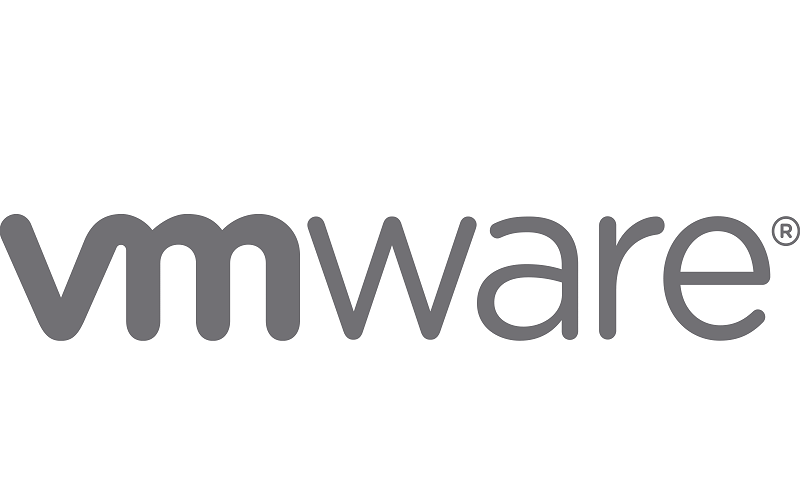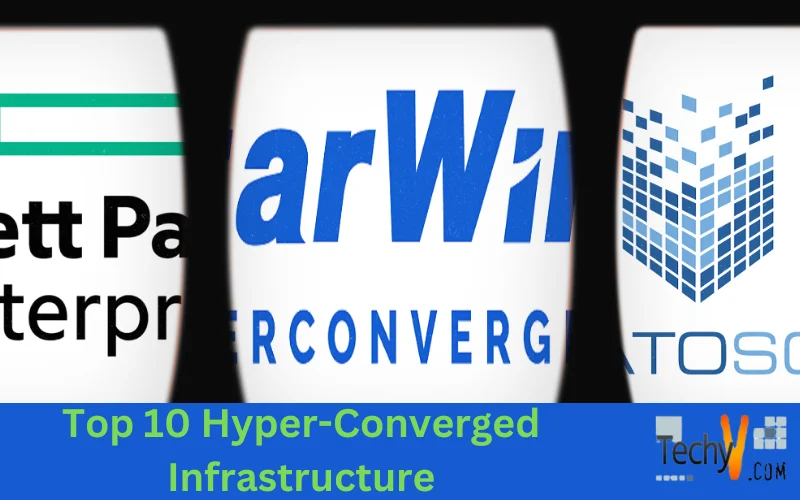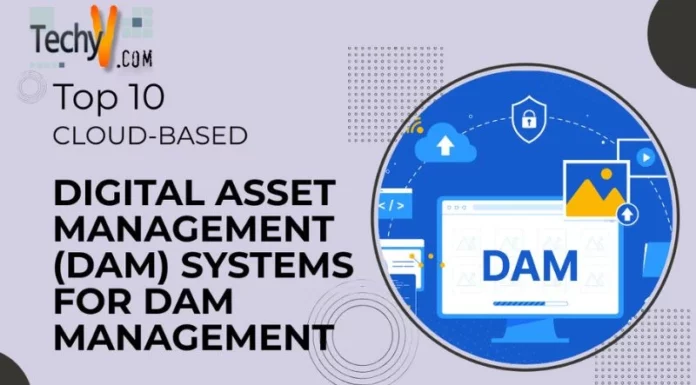Hyperconverged infrastructure technologies enable enterprises to virtualize storage, servers, and the networks that connect them. Hyper-converged infrastructure is based on software definition allowing for more overall flexibility and better cost control of infrastructure utilization. Organizations grow based on consumption, and resources are allocated efficiently between virtualized services. Hyperconverged infrastructure enables efficient databases, virtual computing such as VDI, storage management, and other benefits.
1. Cisco
Cisco’s HyperFlex hyper-converged infrastructure is the most prominent HCI system provides users to use NVMe with its HX220c M5 All NVMe. It is a mouthful because of its speed and low latency. The All NVMe system employs Intel Optane technology for permanent memory. Users found HyperFlex simple to set up and use. Instead of being limited to a single pool, they may construct several data stores for their critical data. Cisco Intersight, a cloud-based infrastructure and workload platform, can manage HyperFlex deployments at edge sites. Intersight also provides users with access to Kubernetes.

2. Dell EMC
Dell EMC VxRail has several connectors with virtualization software. It supports HCI settings VSan and provides VMware Tanzu, a Kubernetes solution with three choices based on a company’s cloud, conventional app development, hybrid cloud, PaaS, and native Kubernetes pods. VxRail tests the system, verifying clusters and evaluating hardware. SAP HANA a relational database management system operated on VxRail. Dell EMC storage products help enterprises with high storage demands. Dell implemented disaggregation to VxRail, which enables customers to isolate storage and computing resources.
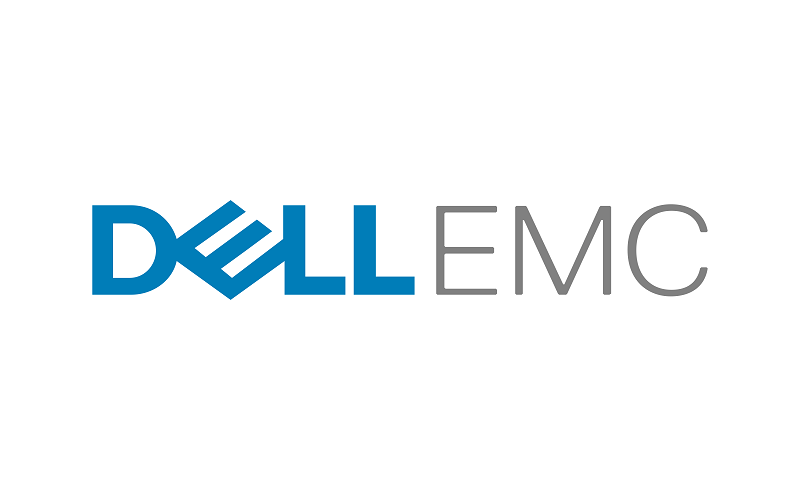
3. Hewlett Packard Enterprise
The most significant drawbacks of first-generation HCI architectures are node-housed storage, computation, and network resources. A company expands CPU resources to manage a computationally intense job. It buys storage and network capacity. The Nimble disaggregated hyper-converged infrastructure dHCI, technology, and Hewlett Packard Enterprise solved the issue. Administrators grow storage and compute resources independently of one another with HPE Nimble Storage dHCI, assisting organizations in avoiding needless IT spending. HPE sells the Nimble Storage dHCI platform to enterprises that require support for applications with unexpected data growth. The HCI platform is used to host mission-critical applications for high storage performance.

4. NetApp
Hyper-converged infrastructure suppliers concentrate on edge computing and server virtualization, and NetApp bases its hybrid cloud on HCI. The number of hardware platforms configured to serve the on-premises component of a hybrid cloud deployment. The NetApp control plane provides uniform management across clouds. It implies that administrators utilize the same interface and processes regardless of the cloud. It manages NetApp HCI resources, resources housed in the AWS, Google, and Microsoft Azure clouds with a single tool. Administrators use the control plane to shift workloads from one cloud to another.

5. Nutanix
Nutanix is a cloud software, compute and store infrastructure, hyper-converged infrastructure solution for adopting business virtualization without sophisticated and costly network storage. Nutanix Clusters enable Nutanix HCI software and services, enabling hybrid cloud infrastructure, administration, and operations through a unified console. The platform also supports numerous hypervisors and use cases via integrated native storage services, database management, application life cycle management, micro-segmentation, backup, and disaster recovery.
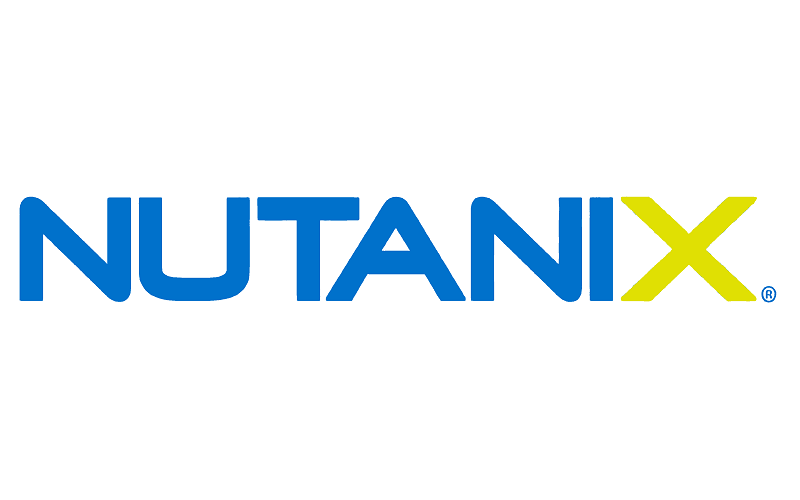
6. Pivot3
To maximize resource utilization, Pivot3 offers Dynamic Hyperconverged and PCIe Flash Arrays, hybrid cloud, and Internet of Things solutions. Server virtualization, virtual desktop, data center consolidation, video surveillance, business continuity, disaster recovery, and remote branch office are vendor solutions. Acuity Pivot3’s HCI platform designed for mission-critical large-scale video applications. To fulfill the data security and system availability requirements of HCI installation, the vendor’s Intelligence Engine provides automation, AI, auto-healing, rapid node rebuilds, intelligent monitoring, and analytics capability.
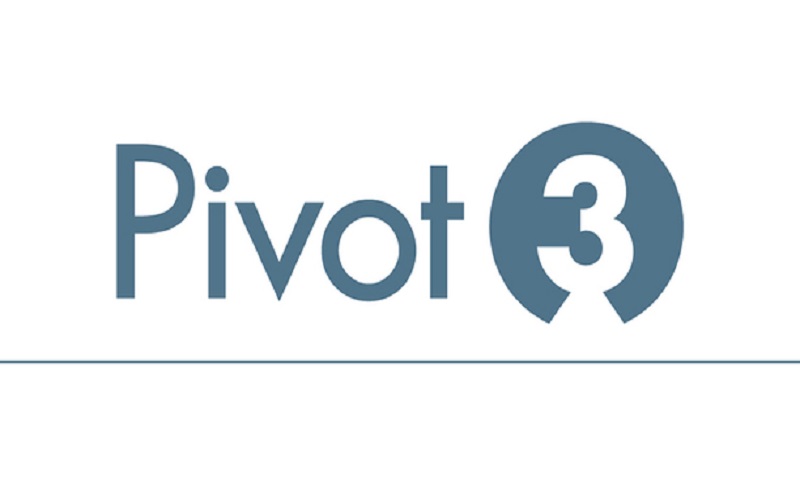
7. Scale Computing
Scale Computing sells its HyperCore 3 platform as an edge infrastructure and virtualization platform. It uses cases frequently, and the product is notable for its self-healing capabilities. The HC3 system automatically detects problems and takes corrective action without manual intervention. The HC3 platform intended as an all-in-one system. Customers of Scale Computing are not required to acquire hypervisor licenses. Scale Computing’s HCI system built on the complete version of the HyperCore hypervisor.
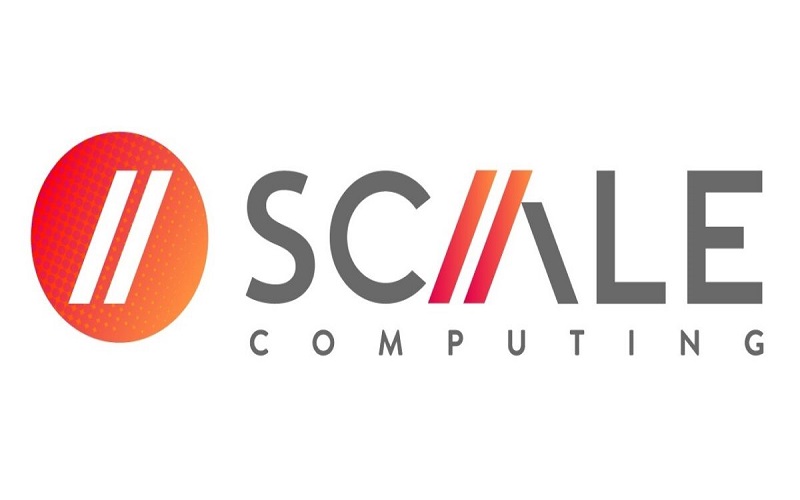
8. StarWind Software
StarWind is known in virtualization circles for its free V2V Converter tool. It provides hyper-converged systems. The StarWind HyperConverged Appliance is a high-performance all-flash storage solution. To achieve optimal speed, StarWind employs RAM as a write cache. It optimizes speed. The platform ensures a VM’s computing and storage resources exist on the same node. StarWind claims six nines of availability and fault-tolerant clusters.
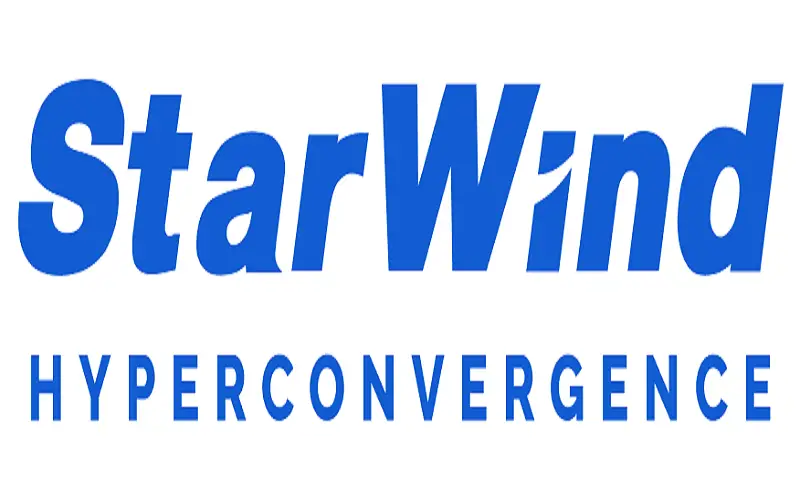
9. Stratoscale
Stratoscale is a cloud infrastructure firm that provides enterprise IT, development teams, and service providers with cloud infrastructure software solutions. Businesses that develop public, private, and hybrid clouds benefit from the Stratoscale HCI platform. The key is built on the KVM hypervisor and supports storage architectures, block, file, and object storage. Stratoscale permits the utilization of external storage arrays. Stratoscale’s administration tools are cloud-based, and the orchestration features enable administrators to scale applications by launching and deleting instances.

10. VMware
VMware is a software-based HCI system with four key components. The first component is the VMware vSphere hypervisor, which allows HCI deployment to host virtual machines. VMware virtualized storage solution vSAN is the second HCI component. It will enable organizations to pool storage devices into a storage pool, allowing them to scale storage as needed. The third component is the VMware network virtualization platform, NSX, which will enable organizations to link resources across data centers and multi-cloud settings. The fourth component, vRealize Suite of VMware products for data center and cloud administration.
